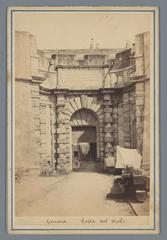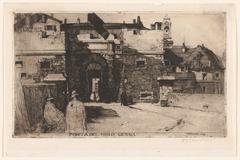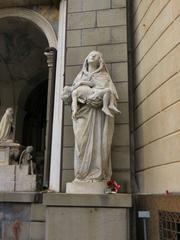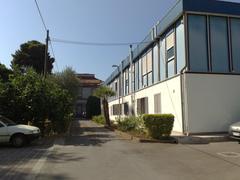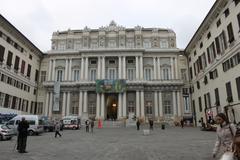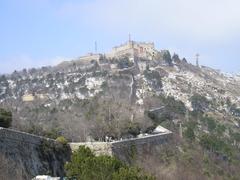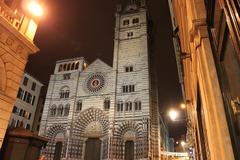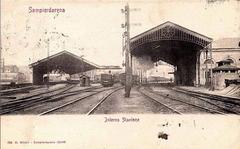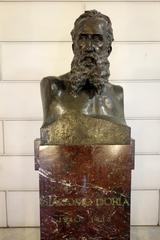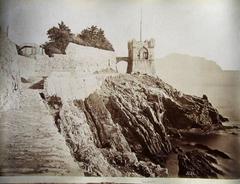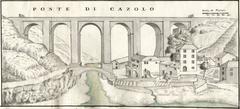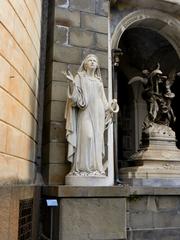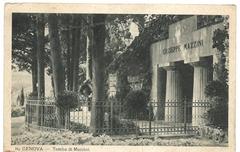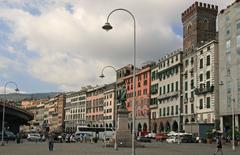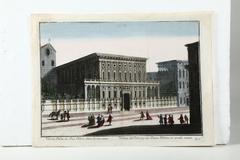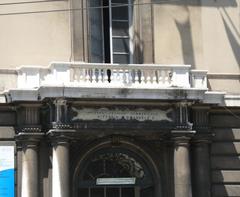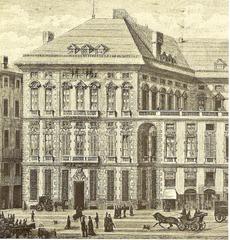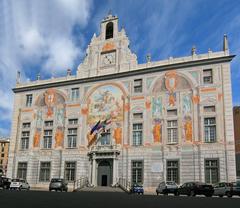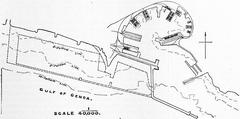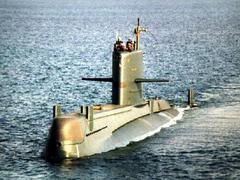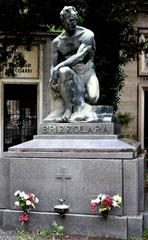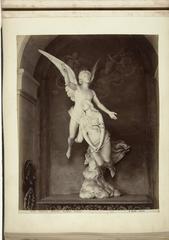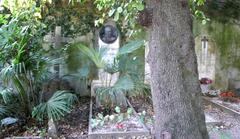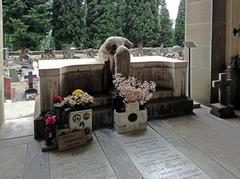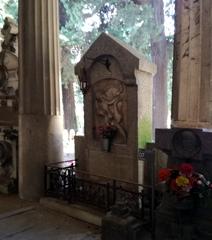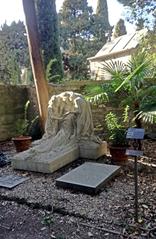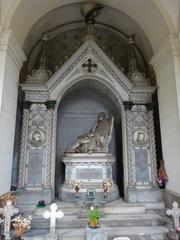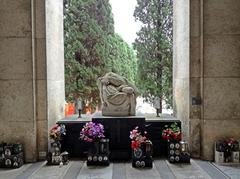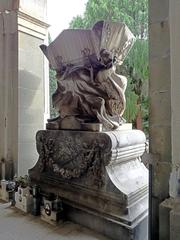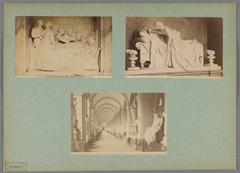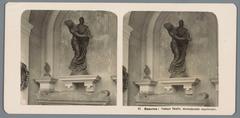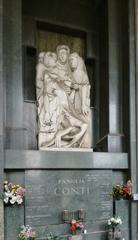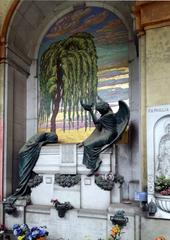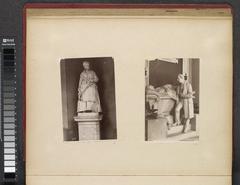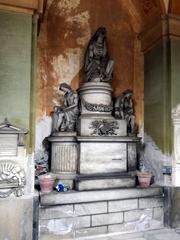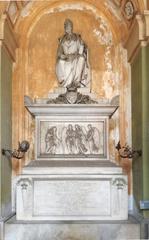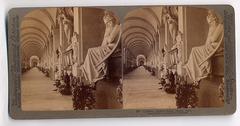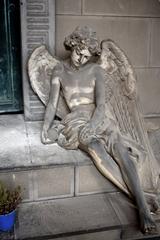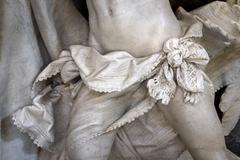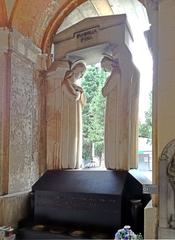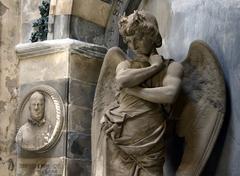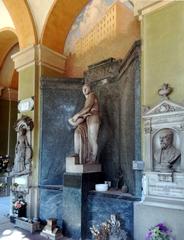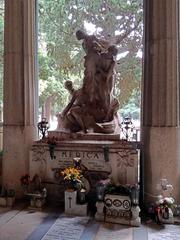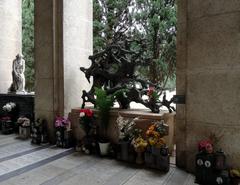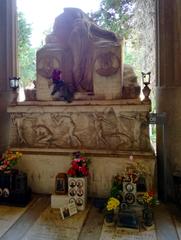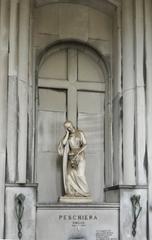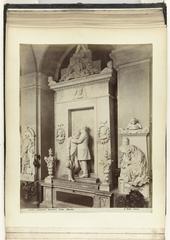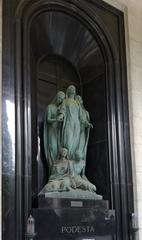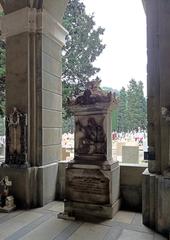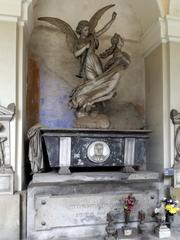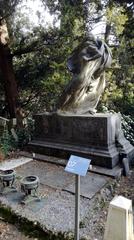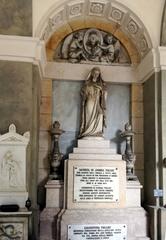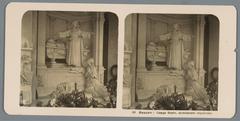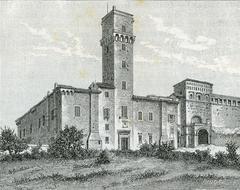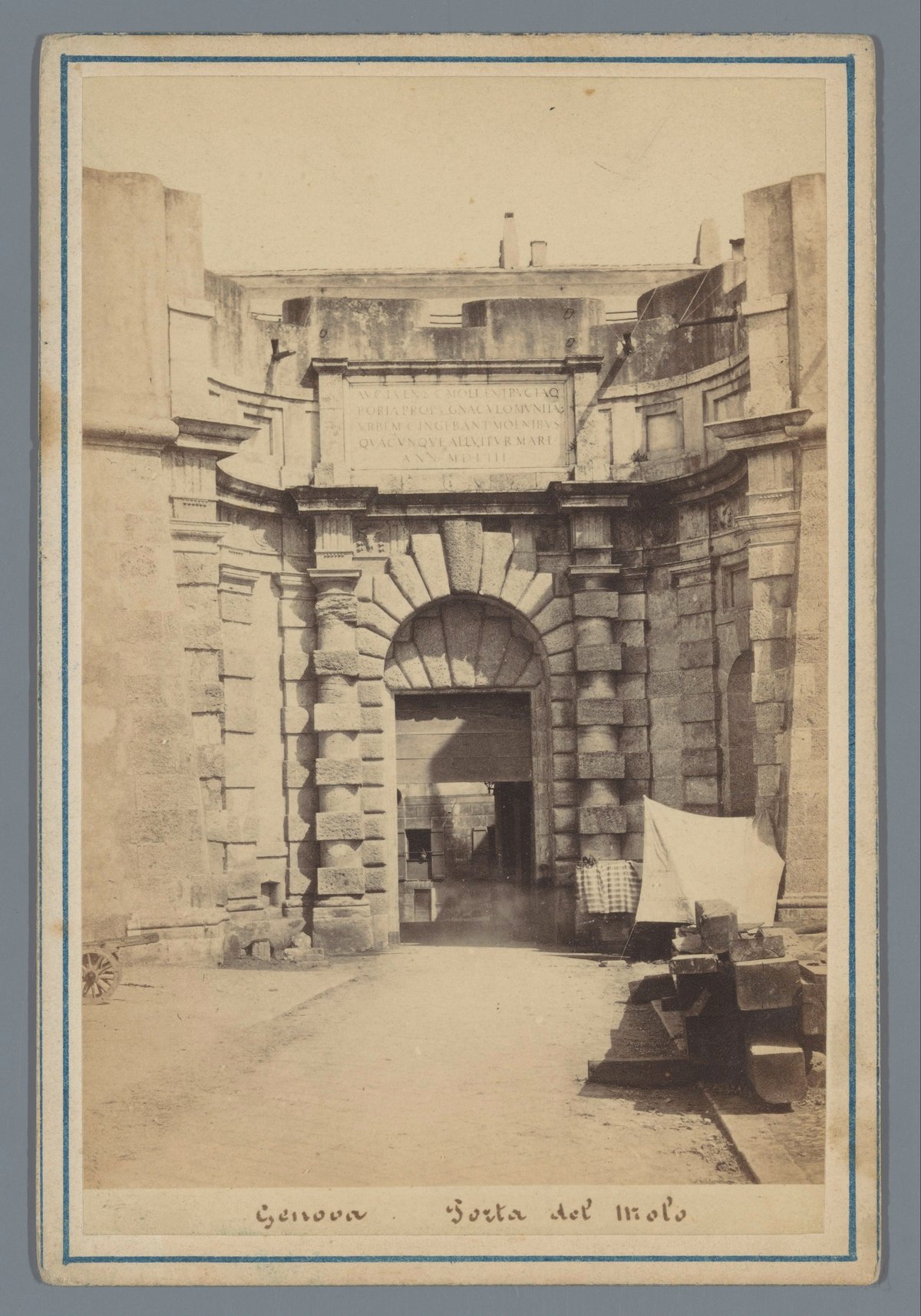
Comprehensive Guide to Visiting Porta del Molo, Genoa, Italy: History, Significance, Visitor Tips, and Everything Tourists Need to Know for a Memorable Experience
Date: 01/08/2024
Introduction
Porta del Molo, also known as Porta Siberia, stands as a testament to Genoa’s rich maritime heritage and architectural prowess. Situated in the heart of Genoa’s historic Porto Antico area, this iconic gateway dates back to the mid-16th century and was designed by the renowned architect Galeazzo Alessi between 1551 and 1553 (Guida di Genova). Its significance goes beyond its robust Renaissance architecture; it represents a crucial entry point for goods, especially foodstuffs, into the bustling port city, reflecting Genoa’s pivotal role in Mediterranean trade and commerce (Spotting History). Today, it serves not only as a historical monument but also as a cultural hub housing the museum dedicated to the painter and set designer Emanuele Luzzati, making it a must-visit for anyone exploring Genoa’s rich historical tapestry (Wikipedia).
Table of Contents
- [Introduction](#introductionintroduction)
- [Origins and Early Development](#origins-and-early-developmentorigins-and-early-development)
- [The Role of Porta del Molo in Genoa’s Maritime History](#the-role-of-porta-del-molo-in-genoas-maritime-historythe-role-of-porta-del-molo-in-genoas-maritime-history)
- [Architectural Significance](#architectural-significancearchitectural-significance)
- [Evolution Through the Centuries](#evolution-through-the-centuriesevolution-through-the-centuries)
- [The Impact of Wars and Economic Changes](#the-impact-of-wars-and-economic-changesthe-impact-of-wars-and-economic-changes)
- [Modern-Day Significance](#modern-day-significancemodern-day-significance)
- [Visitor Information](#visitor-informationvisitor-information)
- [Visiting Hours and Tickets](#visiting-hours-and-ticketsvisiting-hours-and-tickets)
- [Travel Tips](#travel-tipstravel-tips)
- [Nearby Attractions](#nearby-attractionsnearby-attractions)
- [Key Historical Events](#key-historical-eventskey-historical-events)
- [FAQ Section](#faq-sectionfaq-section)
- [Conclusion](#conclusionconclusion)
Origins and Early Development
Porta del Molo, or Porta Siberia, dates back to the mid-16th century, specifically between 1551 and 1553. Designed by the renowned architect Galeazzo Alessi, this gate was part of Genoa’s extensive fortification efforts to protect the city and its bustling port, a crucial hub for trade and commerce since ancient times (Guida di Genova).
The Role of Porta del Molo in Genoa’s Maritime History
Genoa’s port has always been central to the city’s identity and economic prosperity. The port’s strategic location made it a vital link between the Mediterranean Sea and northern Europe. Porta del Molo served as a critical entry and exit point for goods, particularly foodstuffs, which is reflected in its alternative name, Porta Siberia, derived from ‘cibaria’ (foodstuffs) (Spotting History).
Architectural Significance
The architectural design of Porta del Molo is a testament to the Renaissance period’s engineering prowess. Galeazzo Alessi’s design incorporated robust defensive features to withstand potential attacks, reflecting the turbulent times during which it was constructed. The gate was part of the 16th-century walls that fortified the city, ensuring the safety of its inhabitants and the security of its valuable goods (Wikipedia).
Evolution Through the Centuries
Over the centuries, Porta del Molo has witnessed numerous transformations. Initially, the port area was a natural bay, gradually developed with wooden wharves and buildings for goods and boat repair in the 12th century. By the mid-16th century, the port had expanded significantly, necessitating the construction of more permanent structures like Porta del Molo (Discover Genoa).
The Impact of Wars and Economic Changes
The port and its structures, including Porta del Molo, have endured various challenges, including wars and economic shifts. For instance, the port was bombarded by French troops in 1684, leading to a period of decline. However, the port saw a revival in the 19th century with its annexation to the Kingdom of Sardinia, which brought about modernization efforts and infrastructure improvements (Guida di Genova).
Modern-Day Significance
Today, Porta del Molo stands as a historical monument and a museum dedicated to the painter and set designer Emanuele Luzzati. The gate’s transformation into a cultural site underscores its enduring significance in Genoa’s history. The surrounding area, known as Porto Antico, has been redeveloped and now serves as a vibrant public space, blending historical heritage with modern amenities (Spotting History).
Visitor Information
Visiting Hours and Tickets
- Opening Hours: Porta del Molo is generally open to the public from 10:00 AM to 6:00 PM. However, it is advisable to check the official website or contact the local tourism office for the most up-to-date information.
- Tickets: Entrance to the museum dedicated to Emanuele Luzzati usually requires a small fee. Discounts may be available for students, seniors, and groups.
Travel Tips
- Accessibility: The area around Porta del Molo is accessible by foot, public transportation, and car. There are parking facilities nearby, but it is recommended to use public transport due to limited parking space.
- Best Time to Visit: Early mornings or late afternoons are ideal for visiting to avoid crowds and enjoy a more leisurely experience.
Nearby Attractions
- Genoa Aquarium: One of the largest aquariums in Europe, located just a short walk from Porta del Molo.
- Bigo Lift: A panoramic elevator offering stunning views of the city and harbor.
- Galata Maritime Museum: Explore maritime history with interactive exhibits and artifacts.
- Biosphere: A striking steel and glass structure housing a tropical garden.
Key Historical Events
Several key historical events have shaped Porta del Molo’s development:
- 12th Century: Construction of the first wooden wharves and buildings for goods and boat repair.
- 1551-1553: Construction of Porta del Molo by Galeazzo Alessi.
- 1684: Bombardment by French troops leading to a period of decline.
- 19th Century: Revival and modernization efforts following annexation to the Kingdom of Sardinia.
- 1990s: Redevelopment of Porto Antico by Renzo Piano, transforming the area into a vibrant public space.
FAQ Section
Q: What are the visiting hours for Porta del Molo?
A: Generally, Porta del Molo is open from 10:00 AM to 6:00 PM. Check the official website for the latest information.
Q: Is there an entrance fee for Porta del Molo?
A: Yes, there is usually a small fee to enter the museum dedicated to Emanuele Luzzati.
Q: What are some nearby attractions to Porta del Molo?
A: Nearby attractions include the Genoa Aquarium, Bigo Lift, Galata Maritime Museum, and the Biosphere.
Conclusion
Porta del Molo is more than just a historical gate; it is a symbol of Genoa’s rich maritime heritage and resilience through centuries of change. Its preservation and integration into the modern urban landscape of Porto Antico ensure that it remains a vital part of Genoa’s cultural and historical narrative. Explore this historic site, and don’t forget to check out nearby attractions and enjoy the vibrant atmosphere of Genoa’s old port. For more updates and travel tips, follow us on social media or visit our website.
References
- Guida di Genova. Genoa History: Port Genoa. Retrieved from https://www.guidadigenova.it/en/genoa-history/port-genoa/
- Spotting History. Porta Siberia. Retrieved from https://www.spottinghistory.com/view/9742/porta-siberia/
- Wikipedia. Molo (Genoa). Retrieved from https://en.wikipedia.org/wiki/Molo_(Genoa)
- Discover Genoa. Genoa Old Port. Retrieved from https://discovergenoa.com/genoa-old-port/
- TravelAwaits. Best Things to Do in Genoa, Italy. Retrieved from https://www.travelawaits.com/2739693/best-things-to-do-genoa-italy/
- The World Was Here First. Genoa Itinerary. Retrieved from https://www.theworldwasherefirst.com/genoa-itinerary/
- Life Globe. Old Port Genoa. Retrieved from https://life-globe.com/en/old-port-genoa/
- Porto Antico. Porta Siberia Area. Retrieved from https://portoantico.it/en/locations/porta-siberia-area/
- By Food and Travel. Genoa: A Guide to the Historic Centre of the Famous Port City. Retrieved from https://byfoodandtravel.com/genoa-a-guide-to-the-historic-centre-of-the-famous-port-city/
